|
It is hard to believe that we are late in the first quarter of the twenty-first century and how the world we live in continues to change on an almost daily basis. It has now also been over a year since we all heard the term Covid-19 for the first time. At the time I imagine that most people thought it would be a temporary setback that would be dealt with and all would be back to “normal” by now. But, as we all know that has unfortunately not been the case. For those of us that are involved in the sport of pure-bred dogs, we have seen many instances of how Covid-19 has changed our ability to not only hold our shows and trials but also the introduction to our events many new protocols to follow to even hold events where they are possible. Since August of last year when we saw a limited return of our events across the country I have been able to attend events both as an exhibitor or judge shows in Idaho, Ohio, Tennessee, Oklahoma, and Florida. At each of these shows, all of the exhibitors and judges wore masks and made honest attempts to follow social distancing guidelines. With the assistance and guidance of the AKC and in some cases local health officials numerous clubs proved that safe shows could be successful. What I observed was that most exhibitors followed the rules and behaved professionally and most were just happy to be able to have a show. At the time of this writing, there are still numerous states and localities where putting on a show is either prohibited or postponed because of ongoing regulations regarding social gatherings. With the vaccines now available only time will tell how rapidly the restrictions will be lifted or modified. Depending upon their location as well as their available facilities several clubs have been able to hold shows. ( As I understand there are only about 30-35% of scheduled events being held at this time.) While several clubs are doing well and putting on very large and successful shows many others are just struggling to hold their clubs together. Because of local restrictions, many clubs have not been able to meet in any other way except zoom-type communications. Meeting sites for numerous clubs are not available during the pandemic and therefore the in-person sharing of knowledge, ideas, and planning for future events is suffering. 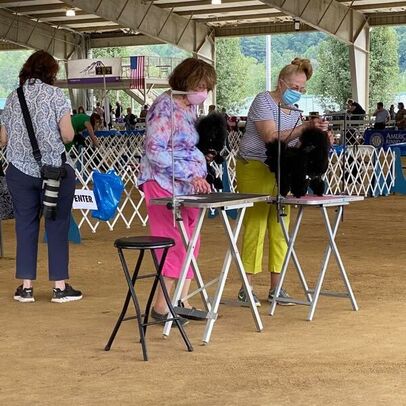 Even in those locations where events are permitted many of the venues will not guarantee a club that the show will not be canceled even up to and including the day of the show. Therefore, many clubs continue not to take the financial risks of having their show canceled at the last minute at a significant financial hit to the club as well as the exhibitors losing their entry fees. Since the start of cancellations in March of 2020, I have no idea as to the total number of events that have been canceled across our country but also throughout the world. As mentioned the loss of venues, meeting places, and training facilities are hurting many of our local clubs. Clubs are having to adjust to the new rules and regulations within their communities. These adjustments are coming in the change of venues, limits on the number of entries, and in many cases the postponement of all events until some version of normalcy returns. Also, as we have seen, those clubs that have found a way to host a show must adapt to local rules, find judges willing to travel and judge, obtain stewards and volunteers to work the show. This pandemic has created additional burdens on show chairs, club members, superintendents, and many others to deal with. Most clubs are run by a limited number of members and volunteers that work and plan all year for their events. These are unpaid individuals that themselves may be dealing with the loss of jobs or lowered income due to the pandemic. In some cases, these individuals are having a difficult time caring for their basic needs so it is understandable that the club, the shows, and the like are no longer a large part of their life and some will, unfortunately, leave the club and the sport and possibly will never be involved again. These people are the collateral damage our clubs and our sport will suffer from. Likewise, as we have seen, many club members, as well as judges, are senior citizens and individuals that may have underlying health conditions. Many of these people will not be taking the risk of exposure that attending shows and meetings provides. 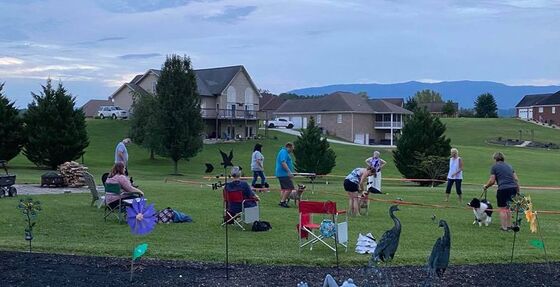 With all that has gone on in the past year, I was in a discussion with a member from another kennel club that was sharing how difficult it was to hold together their already struggling club. During our conversation, I shared with him that although it has been difficult for our club, The Tennessee Valley Kennel Club has not only been holding together but is also still experiencing some growth. Of course, the reply was "What do you feel the reason is for your continuity?" Knowing that there are many highly successful clubs throughout the country, each has developed its formula for growth and continuity. It is safe to say that not all clubs have the same mission or operate in the same manner. With that in mind, I thought I would take this opportunity to share some of the things that have helped my club the TVKC continue to have some success. I have served as President for the past twelve years. One thing that I think has contributed to our stability has been that we operate as a true democracy. Each of our members has a voice. We do not rule only from the board. We gather information from our board and our members make recommendations and make all major decisions as a club. We also make sure our board is diversified with both conformation and performance individuals so that all members' interests have representation. We also try very hard to get every member involved. When we assign members to major jobs we try to never give a member more than one of those positions. We do this so they can focus on that job and keep them from being spread too thin. We offer them guidance and support but we try very hard not to micro-manage them and allow them to grow and tackle the task at hand. 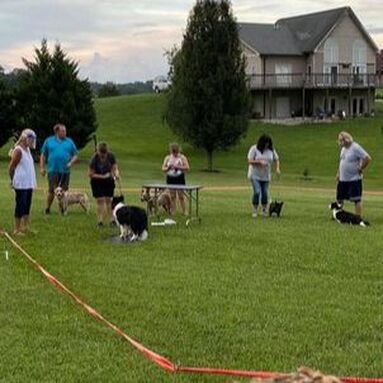 We find that it is also important that our members understand our mission and expectations. Like many clubs, we get visitors at most meetings and we always welcome them with open arms. We also encourage them to continue to attend but we ask them "NOT TO JOIN" unless they plan to become involved on a regular and ongoing basis. We explain that all members count toward having a quorum and that we don’t need names on a roster but rather people that are committed to our mission and purpose. We also have a club that has embraced diversity. Having people involved in as many different aspects of the dog world is a great asset and fertile ground for learning and sharing by members with each other. Our current roster list a total membership of 70 of which 10 are life members. Included in the remaining 60 individuals 49 have joined since 2009 with 13 of those joining since 2019 and we currently have 9 people going through our process to join. Unfortunately, we have lost 5 people to death in the past 5 years but, age-wise our group covers a very broad base. A total of 34 members are primarily involved in conformation while 16 prefer the performance arena. We also have 14 that are equally involved in both conformation and performance and 6 members that are just general dog lovers. Just like our country, clubs can be a melting pot of people with different ideas and skills. Allowing your members to use the unique talents and backgrounds each one brings will help in building a strong group. 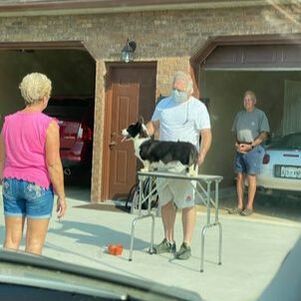 One of the main things that keep our members involved may be the fact that we have some type of program at every meeting. In my opinion, the programs are an essential factor in the overall health and interest of the club. Our programs cover a wide range of canine-related topics always given by well-respected individuals and veterinarians. We also on occasion try to have some type of fun educational dog-related game. We have played doggy jeopardy, family feud, and others that get everyone involved. Since there are times when the best of plans fails we will on occasion play BINGO with an assortment of doggy prizes when our planned speaker cancels at the last minute. We do periodic surveys with our membership to see what they like and dislike about the club. Programs and the fact that we include everyone is always high on the list. I would say on average we have an attendance rate of 20-35 individuals at all meetings and have always had a quorum since 2009. The TVKC covers a vast area of East Tennessee and as you can imagine geographically it is challenging for some of our members to attend every meeting. For several years there would be votes trying to move the meeting locations East or West depending upon those attending that meeting. Several years ago we put an end to that by offering the membership a choice of Eastside or Westside of town or an alternative of a split arrangement. The members voted for the split so now we meet six months out of the year on each end of the city. The sites are about 20 miles apart with the fall and winter months at the local emergency clinic on the Westside and the Spring and Summer months held on the Eastside of town at the University of Tennessee. The split arrangements work well and it helps members on each end of town attend more meetings than in the past.  As with most clubs, the pandemic caused both of our meeting sites to be unavailable. Even though we lost our meeting sites we have only missed two meetings. We moved the meetings to members' back yards and practiced social distancing and when the winter months came we were offered a place at a local training facility that although not heated very well has allowed us to meet and still practice social distancing. Like many clubs, we like to recognize the accomplishments of our members and their dogs. Each year we award members that have completed an AKC title on their dogs a plaque recognizing the achievement with the dogs' name and title. We do this at our annual awards picnic where we have also added the tradition of our annual lottery fun match. We ask each member to bring one dog each, it doesn’t matter if it is a show dog or not just one that they own we assign each an armband number and put all the numbers in a hat. We draw two numbers and those two dogs start the competition with the judge for the initial class coming from someone that did not enter a dog. At the end of the class the winner goes on to the next round and the loser is eliminated. However, the person that was just eliminated serves as the judge for the next two dogs competing. This goes on for as many rounds as it takes until one dog stands alone as Best in Match. It has always been a lot of fun and many members remark that they could not believe how hard it was to choose between the two dogs and the two people they knew.  Training classes are also a big part of many clubs and ours is no exception. We offer ongoing weekly conformation classes (currently on hold because of the pandemic) as well as puppy kindergarten several times a year. Our classes are enthusiastically taught by Jan Flaherty our current vice president. Jan’s class has been instrumental in our growth and she has helped so many newcomers find success in the ring. WE also have an arrangement with a local training facility that provides agility and obedience training for our members at a reduced rate. As mentioned earlier we try to get everyone involved and we encourage people to take on new tasks and this has served us very well. Our Agility trials, Obedience, Rally, and fast Cats are all led by relatively newer members that have risen to the task with the encouragement and support of the membership. In 2014 we had a new couple come into our club. The couple was very new to the sport and extremely enthusiastic and yearning for knowledge both of these individuals along with their high school at the time daughter jumped right in. With the mentoring of members, the daughter enjoyed a successful run in Junior Handling and the entire family has completed numerous titles in conformation and obedience on their dogs. More importantly, is that both became very involved and now serve on our board and the wife took over our website and made it into a fantastic resource for not only members but also interested guests. 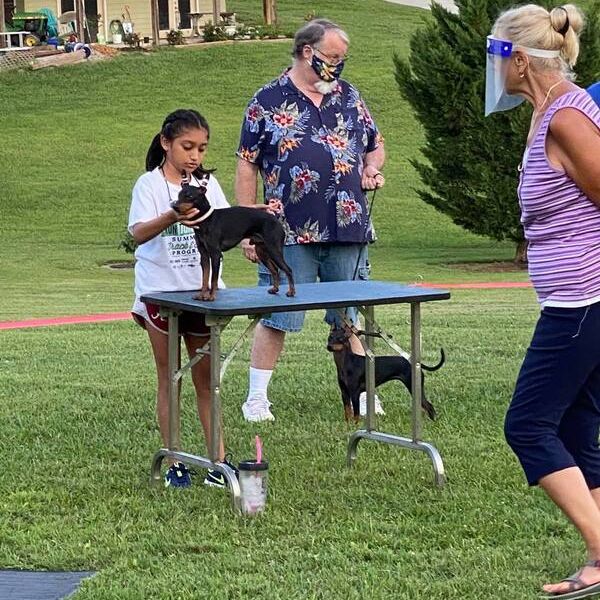 As a club being a part of our community is also important. We sponsor a student at the University of Tennessee school of veterinary medicine with a substantial scholarship annually. We have also supported numerous other charities such as the local Children's hospital, Take the lead, CHF, and many others. A few years ago when before our local cluster broke up we were able to do several things to raise funds for charitable causes but only being able to have a two-show weekend has hurt those efforts. As President of the TVKC, I am extremely proud of the spirit, cooperation, and level of enthusiasm that the members of our club share. I know from others how difficult it can be to have a happy and cohesive group of people working together. In closing what I hope you take away from this article is that success even during a pandemic is possible. If your club is struggling maybe you need to open yourselves up to new ideas and new members. There will always be turnover and disagreements but a good attitude and desire to work together to accomplish goals will bring great results. Just because someone is new or has a different perspective does not mean they can’t contribute to the success of your club. These are tough times and we need to be tough enough to accept change and make it work moving forward. If you have any questions regarding our club and how we do things feel free to contact me at [email protected]. I don’t know about you but I sure am looking forward to getting our shows and events back on and we need your clubs to make it happen.
0 Comments
Leave a Reply. |
wALTER jSOMMERFELT |

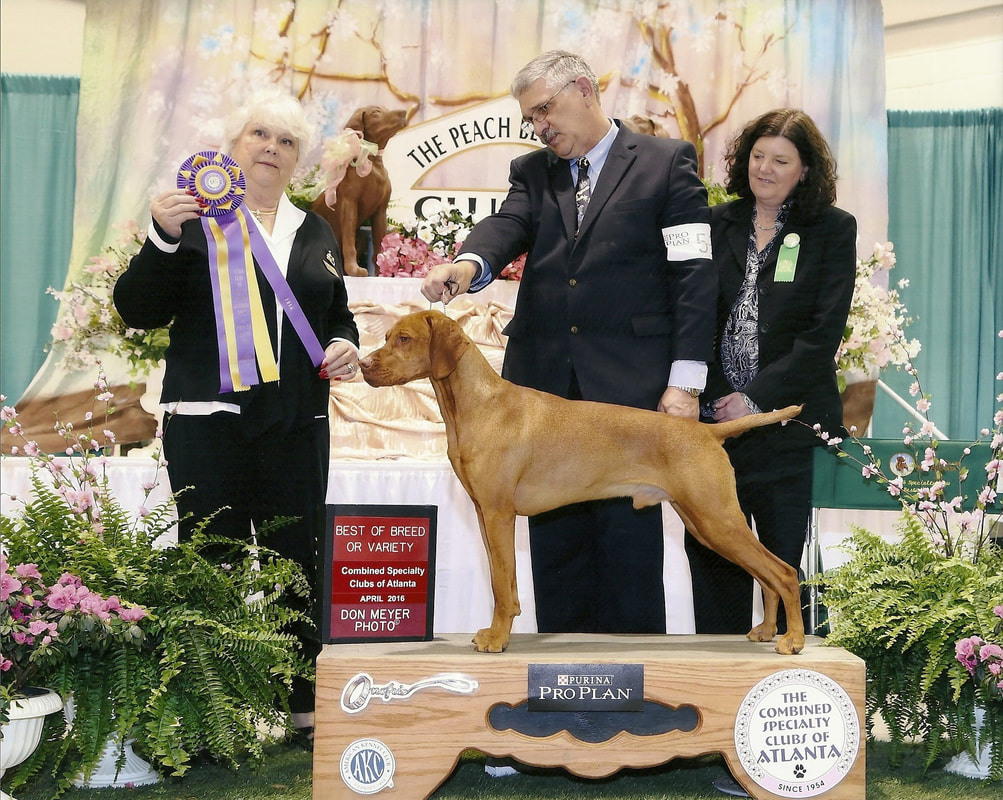
 RSS Feed
RSS Feed